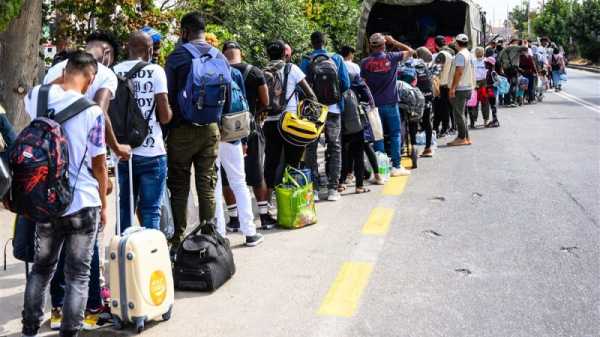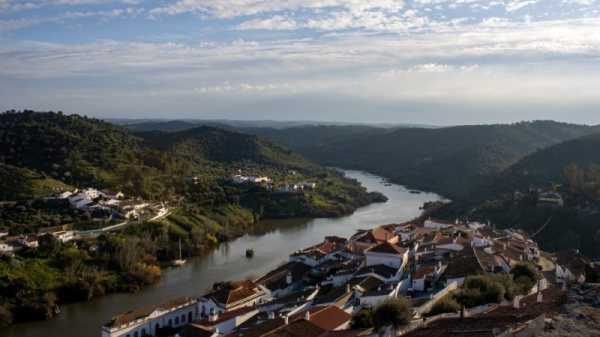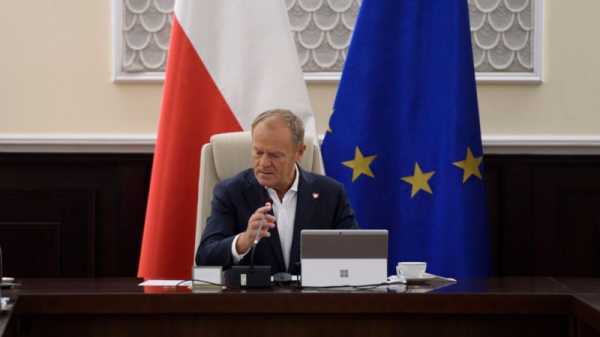
Instead of а migrant relocation mechanism, redistribution hubs should be created in third countries and only those who have the right to enter Europe should be let in, said Italian Interior Ministry Undersecretary Nicola Molteni.
The mechanism that foresees the arrival of migrants in Italy and their subsequent redistribution to other European countries turns Italy and the countries bordering the Mediterranean sea into a hub, where everyone enters and no one leaves, argued Molteni (Lega/ID), in an interview with EURACTIV Italy.
“This is what France would like, and it risks being a factor in attracting new immigration,” he added, dismissing the European Pact for Asylum and Migration proposed by the Commission, which “as it is structured is not good” for Italy.
Molteni believes the solution is to create safe hotspots directly in third countries, such as Libya and Tunisia, where asylum seekers can apply and arrive in Europe via humanitarian corridors. Those who do not qualify, such as economic migrants, should be returned to their home countries through assisted repatriation.
Cooperation with African countries is therefore necessary, as they “must fight illegal immigration and organise the repatriation” of those not entitled to enter Europe.
However, several humanitarian organisations on the ground have denounced the mistreatment and abuse of migrants in Libyan ‘reception centres’.
“It is undeniable that the Libyan centres must be emptied, and the rights of the migrants must be guaranteed,” emphasises Molteni, who suggests that humanitarian organisations should man the hotspots to protect migrants’ rights.
What is needed is “an ironclad fight against illegal immigration, hence against smugglers and traffickers, and the enhancement of legal entry procedures, such as humanitarian corridors,” which, the undersecretary emphasises, only Italy does to date.
From 1 January 2022 to 25 November 2022, 94,341 migrants landed in Italy, nearly three times as much as the number of arrivals two years ago (35,543 in 2020 and 62,215 in 2021).
In addition to smugglers and traffickers, Frontex also described NGO vessels operating sea rescues as ‘pull factors’. Several enquiries question the work of foreign-flagged ships, such as the Norwegian Ocean Viking, which was the subject of the diplomatic crisis between Italy and France.
“A country and a serious government, strongly legitimised by the popular vote, cannot leave the keys to the entrance of its country to private foreign entities that make interventions in foreign SAR waters,” Molteni points out, referring to Italy and Meloni government.
“NGOs do not rescue shipwrecked people but transport migrants,” he added.
In order to organise a common response, Italian Interior Minister Matteo Piantedosi met his counterparts in Brussels on Friday at the extraordinary summit of the European Council to discuss the current situation of all migration routes leading to Europe.
At the end of the summit, the EU ministers underlined the importance of paying close attention to all routes based on a comprehensive approach and confirmed the unity of the EU in addressing current and future challenges.
“We must continue on this path. Italy has so far been left alone. We want to see responsibility, cooperation, and sharing on choices. Europe must move from words to deeds,” said Molteni.
(Federica Pascale | EURACTIV.it)
Source: euractiv.com



